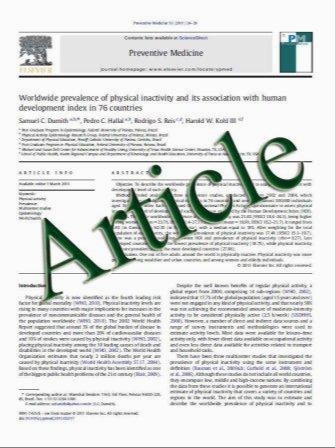A retrospective analysis of extended-interval dosing and the impact on bisphosphonate compliance in the US Military Health System
- نوع فایل : کتاب
- زبان : انگلیسی
- مؤلف : J. Devine & S. Trice & Z. Finney & S. Yarger & E. Nwokeji & A. Linton &W. Davies
- چاپ و سال / کشور: 2011
Description
Summary This study evaluated whether patients treated with bisphosphonates in the US Military Health System were more compliant with treatment given monthly versus weekly. While medication compliance did improve with treatment given monthly, overall compliance with bisphosphonates was still suboptimal suggesting the need for further strategies to improve compliance with treatment for osteoporosis. Introduction The study objective was to evaluate the relationship between bisphosphonate dosing interval and medication compliance among new users initiating oral bisphosphonates. Methods We conducted a retrospective observational cohort study of administrative claims data in the US Military Health System to examine medication compliance among 22,363 new users of oral bisphosphonates starting weekly (68%) or monthly (32%) therapy. Medication compliance during the first year of treatment was measured using two methods: (1) medication possession ratio (MPR) with compliance defined as .80% of days covered and (2) time to first gap of more than 30 days following initiation. Logistic regression and a proportional hazards model were used to detect differences in medication compliance between cohorts. Results After the first year of therapy, 57% of subjects were not compliant with bisphosphonates (MPR <80%), while 84% experienced a gap in treatment of more than 30 days. After adjustment for study covariates, the odds of a patient being compliant with treatment was 21% higher among monthly users compared to weekly users (OR 1.207, 95% confidence interval (CI) 1.119.1.257). Similarly, the risk of experiencing a 30-day gap in treatment was 6% lower among monthly users compared to weekly users (HR 0.934, 95% CI 0.905.0.964). Conclusions Patients receiving oral bisphosphonates on a monthly basis showed higher rates of medication compliance compared to weekly dosing in our study. However, compliance with bisphosphonates among all new users was suboptimal, suggesting the need for improved strategies to enhance compliance with oral bisphosphonates in the US Military Health System.
Osteoporos Int DOI 10.1007/s00198-011-1729-4 Received: 25 March 2011 / Accepted: 8 June 2011


